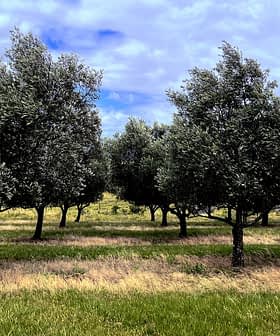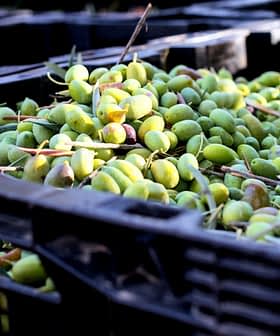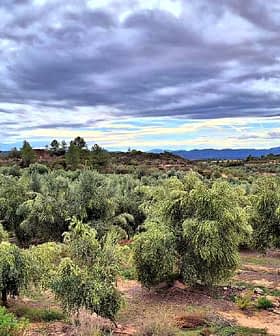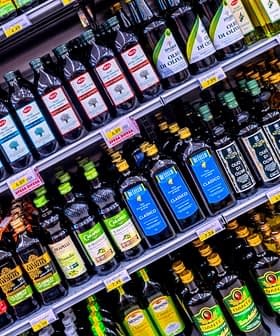Vegetable Oil Prices Rise While Olive Oil Prices Remain Steady
Vegetable oil prices, including rapeseed, soybean, and palm oil, have risen due to reduced palm oil production and increased demand for biofuels, with the trend expected to continue in the first half of 2021. Meanwhile, olive oil prices have remained stable since March, but the slowing down of prices is attributed to factors such as reduced oil yield from low-quality olives due to adverse weather conditions.
According to the United Nations’ Food and Agriculture Organization (FAO) food price index, vegetable oil prices rose by 162 points in April, with a month-to-month increase of 2.9 points or 1.8 percent.
The increase was driven by the rising prices of rapeseed (canola), soybean and palm oil. During the same period, olive oil prices held firm following a steady increase up until March.
Vegetable oil prices are also rising due to reduced palm oil production, partially caused by a Covid-19-fueled labor shortage in Malaysia, a major palm oil producer.
See Also:Global Olive Oil Production Will Hit Four-Year High, USDA EstimatesAccording to the Council of Palm Oil Producing Countries, palm oil prices will continue on their upward trend for the first half of 2021 due to La Niña weather patterns, which also negatively affected palm oil production in Malaysia.
However, in the second half of 2021, better crop management and sufficient rainfall might boost production, which is likely to slow down prices.
In mid-March, Malaysian palm oil price futures continued on an upward trajectory to peak at $968.70 per ton for the first time in more than a decade.
Soybean, sunflower and canola oils have been posting significant gains too. Vegetable oil prices have increased along with crude oil prices as some are used to make biofuels.
In the meantime, soybean shortages have driven up its oil prices as animal feed makers in the United States hoarded the product toward the end of 2020. Soybeans are the preferred vegetable protein for use in animal feed.
China, a significant soybean purchaser, is also expected to continue buying vast volumes of the crop in 2021.
These two events have both contributed to the demand for soybeans, driving prices up to four-year highs.
The reducing supply and high demand for soybeans will likely entice farmers to plant more hectares of the crop in 2021. This may stabilize soybean prices later in the year.
In the meantime, olive oil prices have largely held steady since March, which had seen a rapid increase in prices.
However, the pace slowed down and steadied in April. The slowing down of prices is attributed to low-quality olives yielding less oil due to several factors. Among these is Storm Filomena, which dropped 50 centimeters of snow in Spain’s central and northern regions and caused considerable damage to olive groves.









